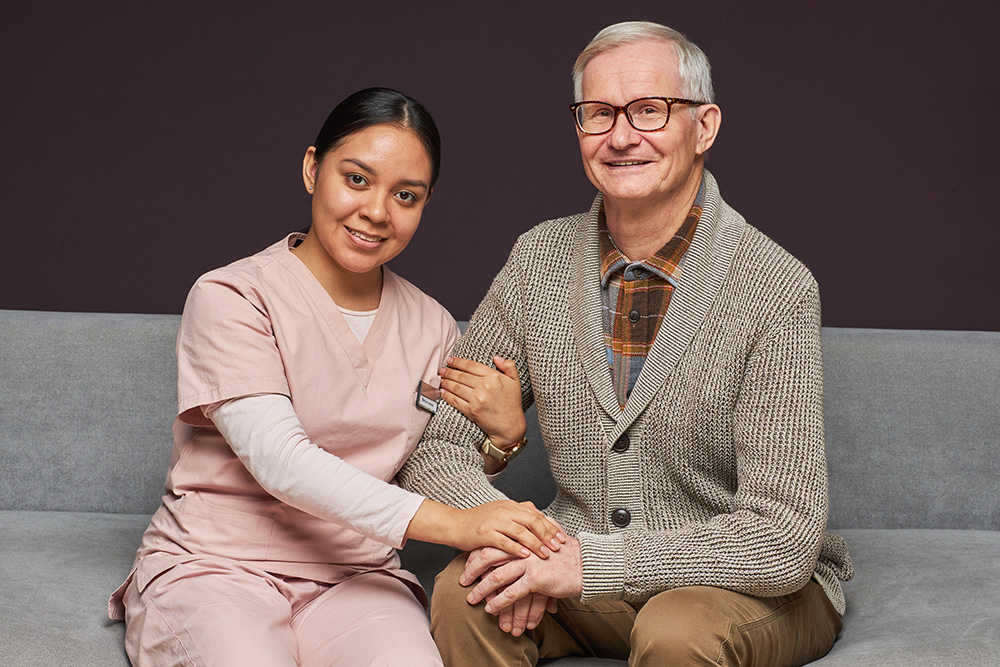Parkinson’s Disease is a disorder that affects the central nervous system. There are over 200,000 individuals with the condition each year in the US. As April is Parkinson’s Disease Awareness Month, we wanted to help keep our readers informed of this condition, and how it affects those living with it.
What is Parkinson’s Disease?
Parkinson’s is a progressive disorder that causes issues with balance and uncontrolled movement. Stiffness, shakiness, and coordination issues are also common. Symptoms generally start minimally and gradually worsen as time goes on. The symptoms may also result in fatigue, sleep issues, behavioral changes, depression, and memory issues. Parkinson’s Disease can also affect the nerve endings in the body’s ability to produce norepinephrine. This chemical carries messages across the nervous system across the body. It also helps regulate many bodily functions, such as heart rate and blood pressure.
What Causes Parkinson’s Disease?
The symptoms of Parkinson’s Disease begin to manifest when the cells of the basal ganglia, the brain’s movement hub, become impaired or start to die. These cells are also responsible for dopamine production. Unfortunately, scientists don’t know what causes this cell death or impairment in most cases. The majority of people who develop this condition do so after age 60. For most people with early-onset Parkinson’s, the condition is usually inherited. Some cases of Parkinson’s seem to be hereditary, while others are not. Some studies suggest that some cases of the disorder can be linked to specific gene variations. Overall, the consensus is that a combination of genetics and environmental factors causes it.
Diagnosis
There is currently no lab test or blood work to identify non-genetic cases of this disease. Often, the diagnosis comes from medical history along with neurological examination. A doctor may prescribe medication for Parkinson’s, and see if symptoms improve. Additionally, a doctor may try to rule out other similar conditions before diagnosing a patient with Parkinson’s.
Treatment
There is no cure for Parkinson’s currently, but there are several treatments and medications that can improve the quality of life for patients. When caught early, treatment can mean near complete negation of symptoms for some people. Treatment can come from several medications. Physical, occupational, and speech therapies may also help manage symptoms. Doctors will also usually encourage a healthy diet and muscle-strengthening exercises. Movement exercises such as yoga and tai chi can also help increase flexibility and muscle control.
Help At Home for Those With Parkinson’s Disease
As Parkinson’s develops, symptoms will likely worsen. As a result, it may be harder to keep up with daily routines. If your older loved one is suffering from Parkinson’s disease, they may need help at home. A Certified Home Health Aide may be the right fit. A Home Health Aide will help your loved one with daily care, light housekeeping, meal preparation, and more. Safe Harbor Home Healthcare Services offers quality, professional in-home care to older individuals and those living with disabilities.
Safe Harbor Healthcare Services does not provide medical, healthcare, or financial advice via articles. This material has been prepared for informational purposes only. It is not intended to provide, and should not be relied on for medical advice.
Safe Harbor Healthcare Services has provided excellent home care on Staten Island since 1967. Our services help older and disabled individuals live safely and independently; while giving their families the peace of mind they need. For more information contact us or call (718)-979-6900.

